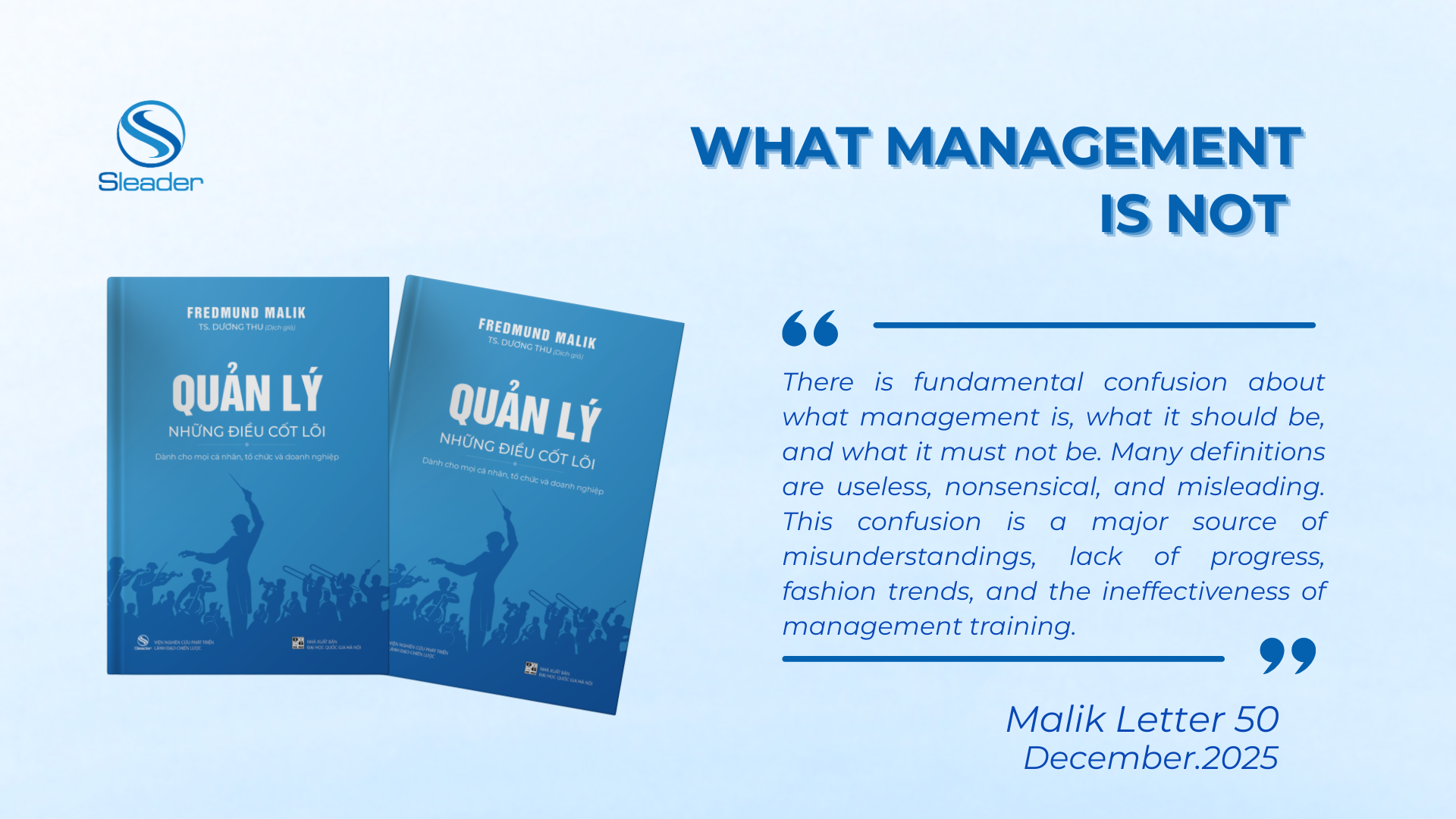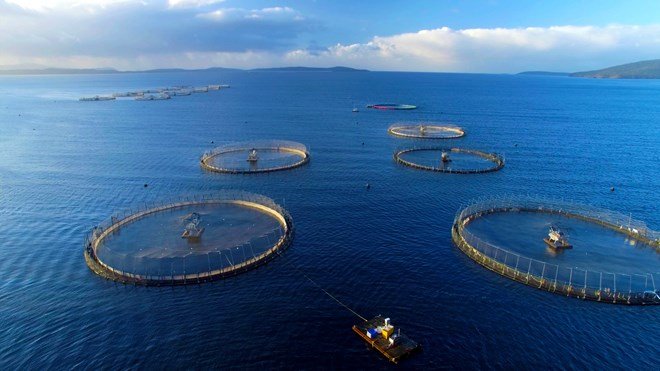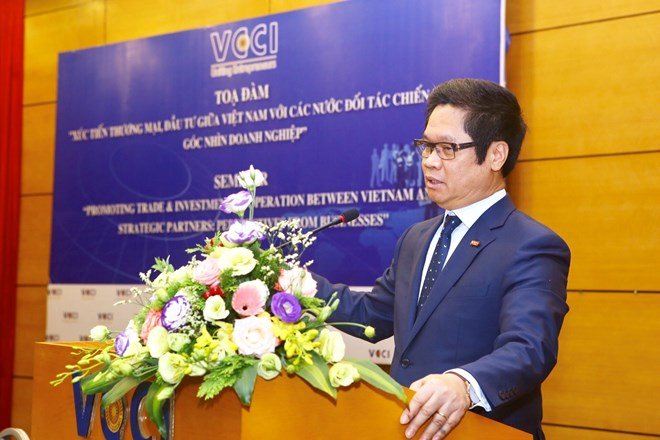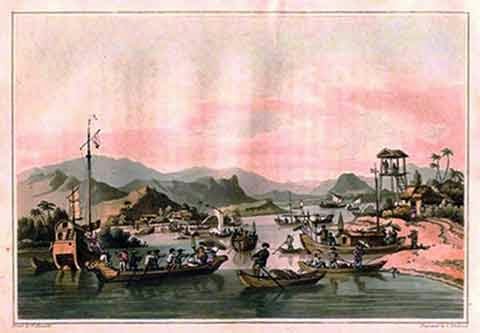
Traffic culture and strategic thinking
Vietnamese businesses\’ strategic thinking is influenced by culture quite a bit. An interesting finding is that the transport culture of Vietnamese people also reflects the management thinking of Vietnamese enterprises.
From traffic culture …
According to many historical researchers, Vietnam\’s transport culture today still carries bold river culture and village culture of the ancient Vietnamese. Vietnam has a steep terrain with many rivers and coastlines running from north to south, so water traffic has long been the main means of transportation when Vietnamese people want to go far away from village bamboo.
River culture
From the pictures on the Ngoc Lu bronze drum, to the trusses on the temples and pagodas in Vietnam, all simulate the boat and river activities of the Vietnamese people. Different from the culture of the North, taking horse-drawn carriage as the main means of transport, Vietnamese people are more familiar with waterway means such as boats, boats, tombs, plates and rafts. The way of moving on the river has left a bold imprint in today\’s transport culture of the Vietnamese people. In waterway traffic, people have a habit of pointing and following the water up, down or sailing in the direction of the wind.
That means everything is roughly, just go ahead, just maneuver the boat to avoid rocks, sandbanks. Walking on the river and ocean without boundaries, Vietnamese people freely move fast or slow, go right or left, freely build rafting, follow the water flow, carry less, carry more as long as the boat does not sink is okay.

Village culture
The second characteristic of transport in Vietnam is village culture, in which walking is the main way of moving in daily life of Vietnamese people. Previously, Vietnamese life was confined to bamboo village, attached to the field, rarely going far from their village.
If they have to go to the district market, visit relatives, they are mainly to walk and to shorten the distance, they always look for the shortest way (shortcut) to save the most energy and be most efficient. Taking a shortcut does not need any direction, but a familiar way to go. Familiar with the type of the shortcut crossroads, Vietnamese people who turn right or turn left can reach their destination – just a long or near road, convenient or inconvenient.
Therefore, although urban traffic has been developed for a hundred years, habits such as looking at maps, reading signs, and walking in the right lane are still far from Vietnamese habits. Unlike a motor vehicle, walking only depends on their feet, so Vietnamese people who are familiar with it freely, comfortably, stop where they like to stop, and then turn.
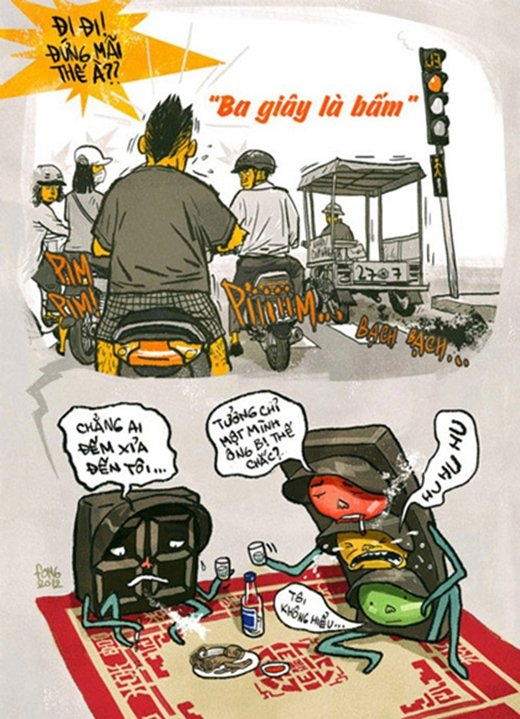
Therefore, when participating in traffic, Vietnamese people have little sense of community, willing to pass red lights, squeeze onto the sidewalks to go or go in the opposite direction on the highway as long as it is “convenient”.
While transportation vehicles and transport infrastructure can be rapidly improved through capital and technology investments, transport culture is not so easy. The upgrading of North-South railway or the construction of subway trains in cities such as Hanoi and Ho Chi Minh, besides the problems of investment, must also solve problems related to traffic culture. It is no coincidence that the wider the road, the more modern the vehicle, the more traffic accident. That is a big question to many agencies, departments and branches, not just the Ministry of Transport.
… to the strategic direction of the business
There is an interesting discovery that the transport culture of Vietnamese people also seems to reflect the management thinking of Vietnamese enterprises: just go and engrave, go sideways and the interconnection is not high.
Vietnam has a relatively high number of newly established enterprises each year and the rate of business cessation is not small. Many businesses were born but never determined where to go and how to go? Many businesses are set up to do a few business deals, to perform a few contracts by “hubs” or from personal experience to feel that it is a potential field.
Small and medium enterprises account for 95% of the total number of enterprises in Vietnam and many of them have never researched, assessed the market, investigated the needs of customers or identified for themselves a direction. The habit of walking while walking while asking for directions can be said to be the common situation of many businesses today.
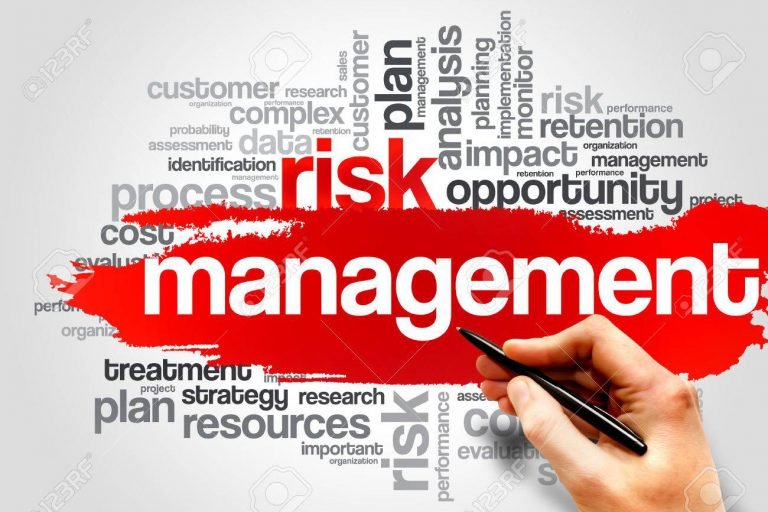
Because of its small scale and unclear orientation, of course, Vietnamese businesses prefer “going sideways and turning short” rather than doing it methodically and professionally. Instead of having to have strategic thinking, long-term vision, most business owners use wisdom, flexibility, one of the always-appreciated qualities of Vietnamese people to deal with emerging problems. born. Because Vietnamese businesses always have to respond, managing Vietnamese businesses is always pressure and fatigue, while doing business with Western countries is also the enjoyment of joy and creativity.
Just as today\’s traffic does not stop at inter-provincial and inter-national, but also connects continents, business in the 4.0 era has gone beyond traditional business models, requiring business people to change. change management thinking and methods. Traffic in a modern city will be faster, more comfortable but also more risky, more accidents.
Similarly, integration brings many opportunities in terms of capital, technology, and markets, but at the same time, there are also challenges of competition, products, human resources and risks of economic crisis. , politic. The path to stepping out to the “big sea” requires that each business must determine its strategic vision and direction. Do not let go, then ask for directions, just take time to find the way or forced to return to the starting line.
(SLEADER synthesized)

